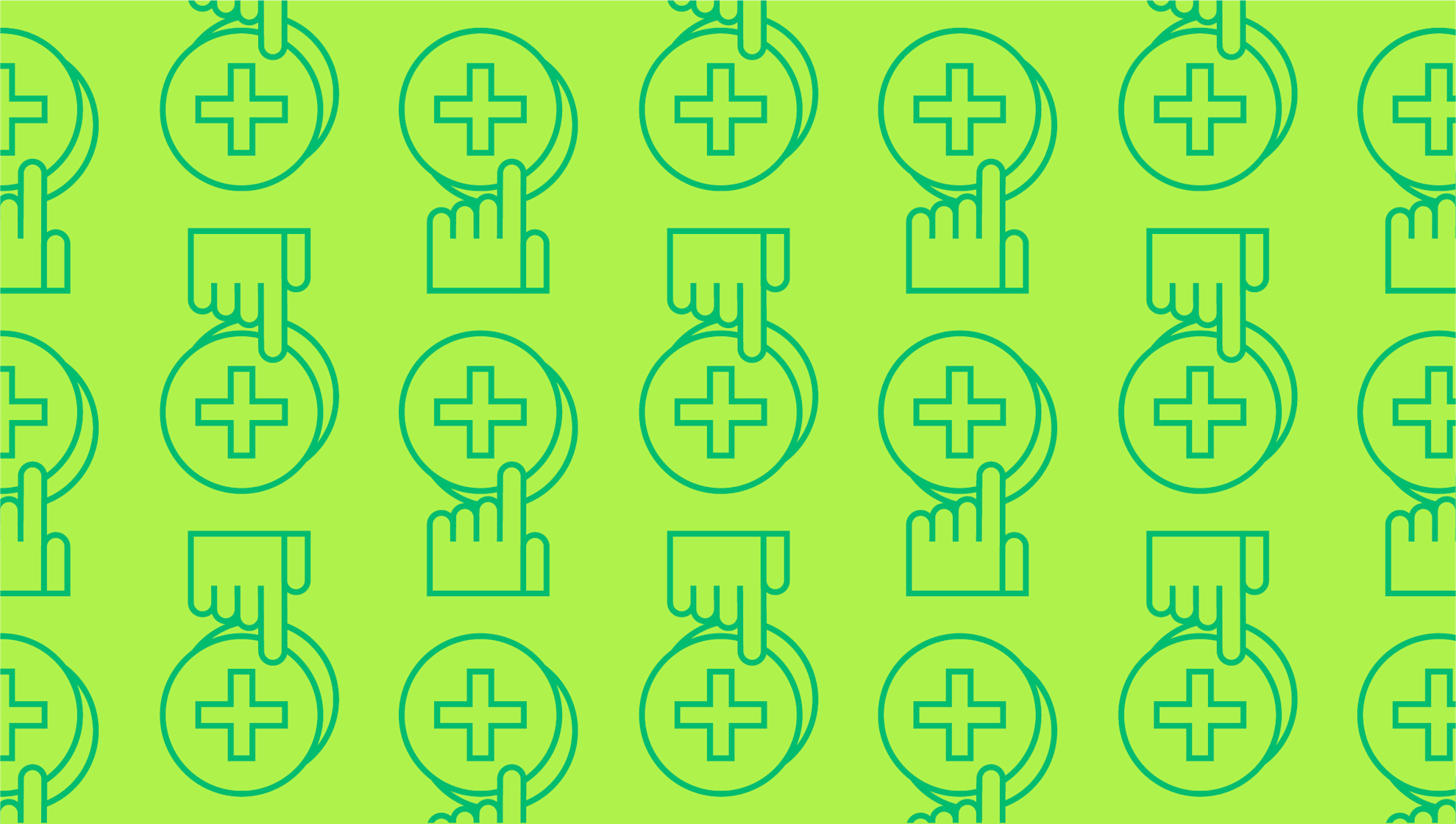
How to Obtain Customer Feedback for Growth
Last editedNov 20223 min read
It’s long been said that acquiring new customers costs five times as much as retaining existing ones. Yet studies show that 44% of companies put a greater emphasis on acquisition in comparison to 18% putting the greater emphasis on retention. Both acquisition and retention are important for long-term growth, and one of the best ways to serve both needs is through collecting – and implementing – customer feedback. Keep reading to learn more about how to obtain customer feedback, as well as why it’s so important.
What is customer feedback?
Customer feedback includes any communication shared by customers, whether it’s through formal reviews or informal social media interaction. This category of communication encompasses all the experiences, problems, solutions, and feelings that a customer has about your business. It’s important not only to collect customer feedback, but also to listen to it carefully and use it as the basis for strategic growth. Customer-centric businesses take all feedback into consideration and use it to tweak their customer experience accordingly.
Why is customer feedback important?
You probably put a lot of time and effort into product development and user experience, but without customer feedback you won’t know whether these efforts have paid off. This can create what is known as the “empathy gap” between businesses and their customers; a company might think they’ve nailed the customer experience, while customers themselves feel like their needs are unmet. Over time, this causes the customer to shop around for alternatives, increasing churn rates and reducing retention.
The benefits of successfully integrating customer feedback into your long-term business plan include:
Increased customer satisfaction and loyalty
A customer-centric sales and marketing strategy
Fine-tuned, specific feedback through repeat business
Faster product delivery and time to market
How to collect customer feedback
The benefits of collecting customer feedback are clear, but what are the most effective communication channels? Here’s how to obtain customer feedback more efficiently.
Design customer surveys: You don’t want to scare away customers with information overload. Keep your contact brief with a simple customer satisfaction survey. These are easy to fill out and give the customer a chance to have their say, whether it’s with a simple star rating or more detailed response.
Send automated follow-up emails: Ask for feedback using a follow-up email. You can send this at any point on the customer journey, whether it’s first contact with your website or after completing a transaction. Keep it brief and simple with a simple survey and provide a phone number if the customer wishes to chat.
Use social media as a medium for communication: Maintaining an online profile is essential for all businesses today, and these digital channels are also useful when it comes to obtaining feedback. One thing to keep in mind is that these will be unsolicited, and customers are more likely to interact with social media when they have a problem to resolve. It’s important to keep on top of all profiles to provide a swift resolution.
Arrange formal focus groups to collect customer feedback: Finally, if you want to delve deeper into what makes your customers tick you could set up a moderated focus group. These are often used for new product development to help you better understand the needs and preferences of your target demographic. It gives the opportunities for a more personal, in-depth look at what your customers are looking for.
How to use customer feedback for growth
The best course of action is to combine several of the strategies above to suit all customer preferences. Some customers love to leave detailed reviews via social media, while others don’t have the time or energy for anything more than a quick point-based survey.
Collecting your customer feedback is one thing, but you also need to think about what to do with this data. By blending quantitative and qualitative collection methods, you’ll have a broad range of insight to work with. Use this as a jumping-off point not only for future product and service development, but also to objectively analyze how successful you are with customer service. For example, if you notice several similar complaints mentioned on Twitter, this indicates a legitimate problem with your service. Build a community among your customers to boost loyalty over time, moderating discussions and strengthening customer relationships.
When it comes to catering to customer payment preferences, GoCardless can help by streamlining the overall payments process. In fact, GoCardless customers get paid 47% faster on average. Using pull-based direct debit, it facilitates both one-off and recurring payments with less stress from both sides – all leading to a better customer experience.
We can help
GoCardless is a global payments solution that helps you automate payment collection, cutting down on the amount of financial admin your team needs to deal with. Find out how GoCardless can help you with one-off or recurring payments.
